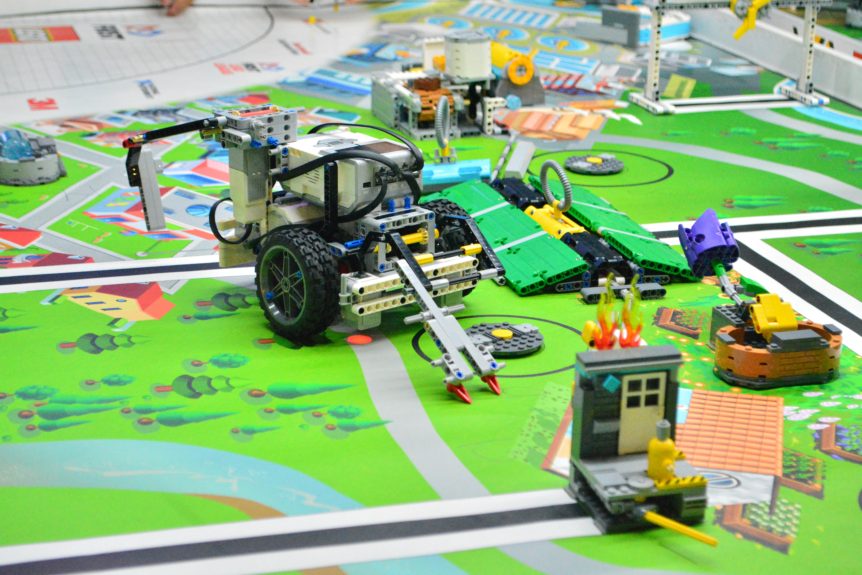In the last article, I shared a session I had during a customer discovery interview where I explained a common scenario that arises when teams have the wrong idea about a customer job, and I demonstrated one way of changing course. In that particular case, we went from learning about the problem to sketching out a solution within about 40 minutes. And this eventually resulted in a low-fidelity prototype.
This week I want to go deeper into customer pain points and talk about how we can use the concept of positive and negative reinforcers as a mechanism for the behavioural change required to adopt a new product or solution.
When I’m looking to establish a problem-solution fit or a product market fit, as many people refer to it, I’m looking to identify a problem and a solution to that problem, yes. But at a lower level, I’m really looking for five variables: a point in space, a time, a tool, an action, and an object. Without going too deep into the physics of causation and functions here, I simply need to know what thing (tool) is creating pain or causing a problem (modification) for a person (object) and of course, when and where that interaction takes place.
I’m not searching for just any problem here. I’m searching for a problem that is causing a significant amount of pain for someone, a harmful effect. So much so that they want to take action on a solution right now. And in our case, this means handing you money to provide that solution, even if that solution is an unfinished, unsightly bug-ridden prototype. I mean that literally: real customers handing you real money for real products.
Let’s look back to my story in the previous article about Dr. Evelyn, a dentist who specialises in implantology. During that session we changed course from our intended area of exploration the moment she raised a concern about developing a repetitive strain injury (RSI). The increased risk of RSI appeared to be the result of the design of the instrument, the way it was used, and the duration of its use.
When faced with a decision to remove pain or gain pleasure, people will typically move first to reduce pain before they will try to gain pleasure. Therefore, in our process of customer discovery, while it’s nice to identify things that will bring people pleasure, we often look first to reduce pain. If we can create a situation where we reduce pain and create pleasure, then of course we’ll do both. Either way, our ultimate goal is to reduce or remove pain with the adoption of our product. Let’s take this down a level and look at one way we can think about pain that you may not have considered before.
I’ll put my behaviourist hat on for a second for this next section. It’s generally accepted that there are three ways that we can encourage a change in behaviour. We can use a positive reinforcer, a negative reinforcer, or punishment. I won’t really get into punishment, as I think most people will find the definition obvious, but I will touch on reinforcers. With respect to punishment, I think it is worth mentioning that punishment typically weakens the repeatability of behaviour and it results in unpredictable behavioural responses (not ideal).
Moving to reinforcers now, if you aren’t already familiar with this term, reinforcement is a mechanism that sits within operant conditioning and is used in behavioural modification. The term reinforcement was included into the Law of Effect by B.F. Skinner because of its ability to repeat or extinguish certain observable behaviours.
A positive reinforcer involves the introduction of a stimulus into the target environment. Think of the “positive” in positive reinforcement in the sense of “adding to.” For example, a positive reinforcer is the euphoria you experience from the release of endorphins during a foot race. A trophy, coming at the end of that race, could also be a positive reinforcer—but because it happens after the race, it’s more reward than reinforcer. Wherever possible we want to focus on the person’s experience during an event or immediately preceding or following that event.
On the other side of the coin is a negative reinforcer. This is not, as most people assume, the introduction of a negative stimulus into the environment. The “negative” in negative reinforcement is not meant in the sense of “bad” or “unpleasant.” For instance, placing your child in timeout after they’ve done something wrong is not a negative reinforcer; this is punishment. It can be helpful to think of a negative reinforcement as the process of “subtraction” or taking away. Obviously, if you are seeking to reinforce behaviour with negative reinforcement, then what you will take away is something the person wants removed—in the case of your potential customers, you’ll take away their pain.
Here are a few examples: the annoying beeping you hear when you don’t put your seatbelt on is a negative reinforcer. When you put your seatbelt on, the beeping stops. How about when you download a free app and those ads keep popping up? If you pay $1.99 for an ad-free experience, it is likely due to the negative reinforcer. It induces a specific behaviour. In this case, both examples are unpleasant. You want to stop the unpleasantness of this experience by removing the stimulus. Your behaviour generally reflects that, by putting on your seatbelt or purchasing the app.
Dr Evelyn’s concern about developing a repetitive strain injury with each passing patient was a negative reinforcer. The first course of action to help her was to find a solution that would reduce her pain. In order to do that, a behavioural change was required. In that case, it was the adoption of a solution that would modify the tool she used and the way she performed a specific procedure.
Next week I’ll continue to build on this theme of identifying and addressing customer pain points by exploring something called the tower of wishes and woes. Since woes are not equally urgent or important, focusing our efforts in the wrong space could lead to sub-optimal problem-solution fit.
Until next time—

Mike is the Founder and General Manager of Redshift Consulting, Founder of Praetorian Code, and Board Member to the International Business TRIZ Association. He holds a Masters in Innovation and Entrepreneurship (UMD) and a Bachelors in Psychology and Education (UCSB). He is a Certified Lean Six Sigma Black Belt (UTS); Certified Practitioner of Theory of Inventive Problem Solving (TRIZ); former US Army Ranger and a Brazilian Jiu-Jitsu fanatic.

